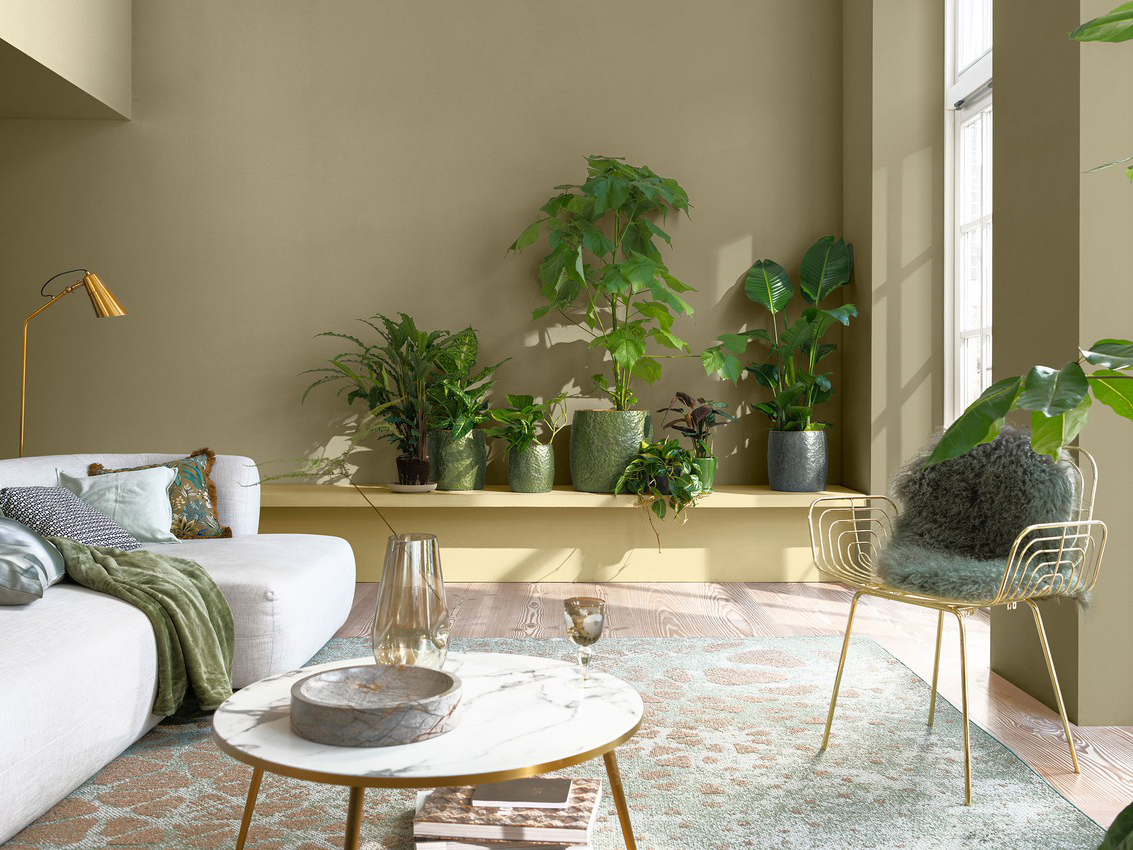When it comes to architectural designs and decorative elements, terracotta has been a popular material for centuries. The use of terracotta can be traced back to ancient civilizations such as the Greeks, Romans, and Egyptians. One of the most unique and visually stunning uses of terracotta is the concept of “suspension terre cuite”, or suspended terracotta. In this article, we’ll explore the history, artistry, and modern-day applications of this fascinating design technique.
History of Suspension Terracotta
The concept of suspended terracotta dates back to the 16th century, when Italian architects began incorporating it into their designs. The suspension technique was first used in churches and cathedrals, where terracotta figurines and sculptures would be suspended from the ceiling or walls. This allowed for the creation of intricate and ornate designs that wouldn’t have been possible with other materials.
Over time, suspended terracotta became increasingly popular throughout Europe, with many important buildings featuring this unique design element. Examples include St. Peter’s Basilica in Rome, the Palace of Versailles in France, and the Royal Palace of Caserta in Italy.
The Artistry of Suspended Terracotta
The process of creating suspended terracotta is a complex and painstaking one. First, the artist must create a clay mold of the design they want to produce. Then, the mold is filled with liquid terracotta, which is allowed to dry and harden. Once the terracotta is fully cured, it is removed from the mold and undergoes a variety of finishing processes, including firing and glazing.
The resulting product is a stunning piece of art that can be hung from the ceiling or mounted on a wall. Suspended terracotta pieces come in a variety of shapes and sizes, from small figurines to large sculptures that weigh hundreds of pounds.
Modern-Day Applications
While suspended terracotta is still popular in historic buildings and architectural designs, it has also found a new audience in the world of contemporary art. Many artists are using suspension terre cuite as a medium to create stunning and original pieces that challenge traditional ideas about sculpting and installation art.
In recent years, suspended terracotta has also been used in outdoor installations, creating a unique and eye-catching addition to public spaces. With its durability and resistance to weathering, terracotta makes an ideal material for outdoor art.



